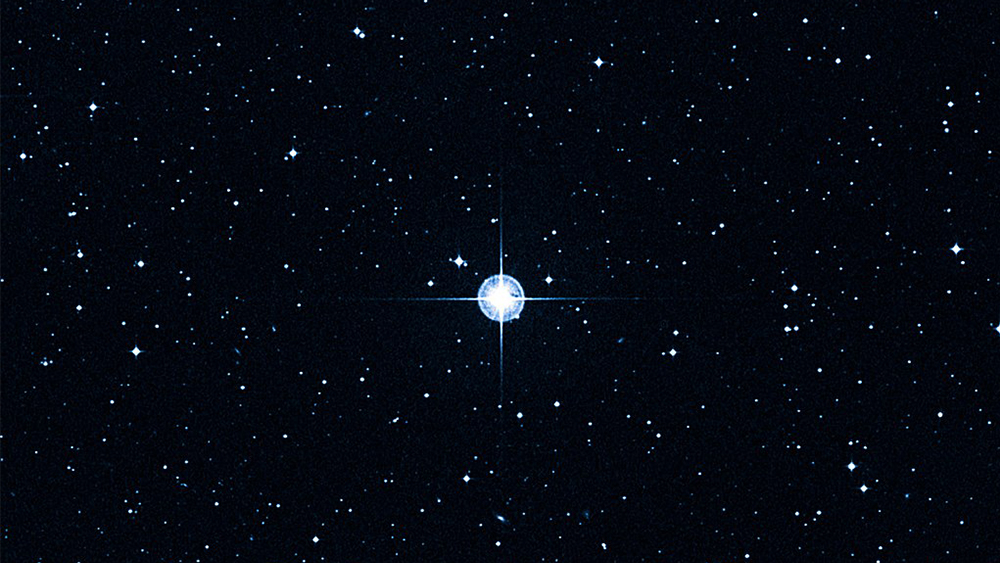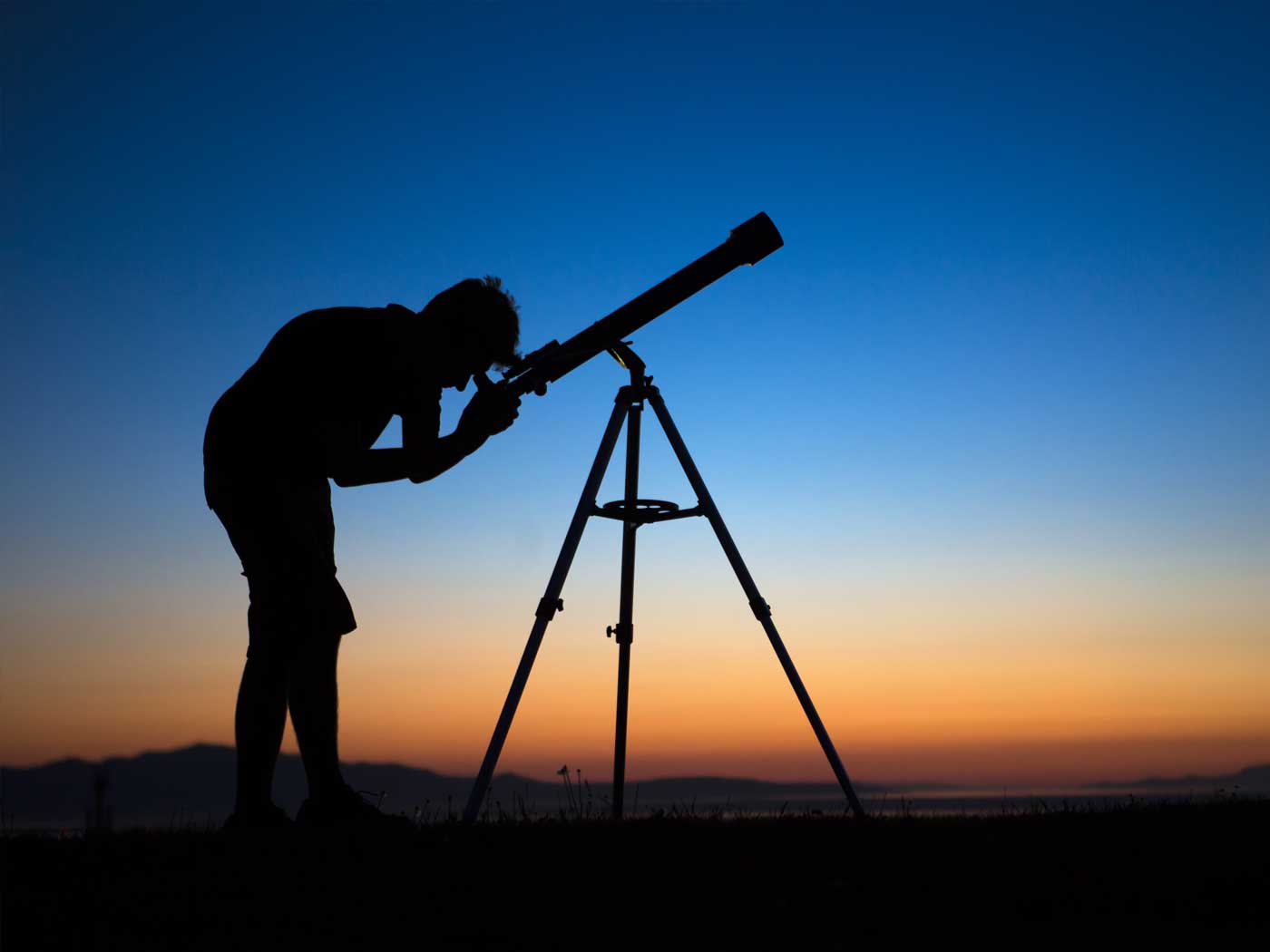A physicist has suggested doubling the accepted age of the universe in order to resolve ‘strong’ tensions between the Big Bang and observations from the James Webb Space Telescope.1,2 A ScienceDaily news article summarized the motivation for this proposal:
[M]any scientists have been puzzled by the existence of stars like the Methuselah that appear to be older than the estimated age of our universe and by the discovery of early galaxies in an advanced state of evolution made possible by the James Webb Space Telescope. These galaxies, existing a mere 300 million years or so after the Big Bang, appear to have a level of maturity and mass typically associated with billions of years of cosmic evolution.1
In short, a Big Bang interpretation of the data does not leave sufficient ‘time’ for these early galaxies to have evolved since the supposed Big Bang event. To solve these problems, physicist Rajendra Gupta (University of Ottawa) suggests radical revisions to the Big Bang model. These include incorporating an older explanation for galaxy redshifts into an expanding universe model, as well as changing values over time for the fundamental physical constants. He believes this will push the time of the Big Bang back another 13 billion years, making the universe almost 27 billion years old.1,2 Obviously, doubling the universe’s purported age would resolve these tensions, but Gupta seems to be the only one proposing this, and other Big Bang scientists probably won’t embrace it. But this shows that data from the James Webb Space Telescope are causing real and serious problems for the Big Bang.3,4,5
If his proposal were accepted, however, it would not be the first time the universe’s age has been “tweaked.” An open access creationist paper gives a good overview of how ages for both the earth and universe prior to 2003 were repeatedly revised to meet evolutionary expectations.6 In fact, as an undergraduate physics student in the mid-1990s, I distinctly remember the “fuss” caused by stars that seemed older than the universe itself!7
Decades later, dating ‘tensions’ still remain. In 2019, scientists, led by Nobel Prize-winning astrophysicist Adam Riess, estimated the universe to be between 12.5 to 13 billion years old, in obvious tension with (today’s) generally accepted age of 13.8 billion years.8 The problem stems from conflicting estimates for the value of the Hubble constant, which is another indication that all is not well with the Big Bang model.9
As alluded to in the ScienceDaily article1, the calculated age for one particular star (see figure), HD 140283, is especially problematic, as it may imply that the star is older than the universe itself. Moreover, this “Methuselah star” isn’t just any old star. HD 140283 has been described as “the best star in the sky to do precision age calculations by virtue of its closeness and brightness.”10 Past age estimates for this “Methuselah star” have been as high as 16 billion years. In 2013, the age was revised downward to between 13.7 and 15.3 billion years old.10 In 2021, it was revised downward again to between 11.5 to 12.5 billion years, apparently resolving the conflict, but still very close to the lower bound of Riess’s estimate.11
As suggested by the ScienceDaily writer, not everyone is convinced the problem has been resolved. Aston University physicist Robert Matthews noted the conflict could “only be resolved by pushing the error bars to their extreme limits.”12 Another 2019 estimate for the universe’s age is as low as 11.4 billion years, in which case the conflict still exists.12
And even if one completely ignores the problems with this ‘Methuselah’ star, the long-standing problem of very distant “mature” galaxies,13 exacerbated by data from the Webb Telescope, remains unresolved.3,4,5
Bible-believing Christians should not be surprised that age estimates based on incorrect evolutionary assumptions can yield inconsistent and even nonsensical results. The absolute best way to determine the age of anything, including the universe itself, is by reliable eyewitness testimony. The Lord Jesus Christ, the Creator Himself, is the ultimate “faithful and true” (Revelation 3:14) Eyewitness. He was present at the Creation, He never makes mistakes, and He never lies, and His Word testifies that the universe is only thousands of years old, not billions.14 How much better to believe Him than to trust the speculative, ever-changing stories of men determined to deny their Creator!
References
- Reinventing cosmology: New research puts age of universe at 26.7–not 13.7–billion years. ScienceDaily. Posted July 11, 2023 at sciencedaily.com, accessed July 12, 2023.
- Gupta, R. 2023. JWST early universe observations and ΛCDM cosmology. Accepted paper. Monthly Notices of the Royal Astronomical Society
- Hebert, J. James Webb Telescope Data: Challenges for the Big Bang? Creation Science Update. Posted September 5, 2022 on ICR.org, accessed July 12, 2023.
- Hebert, J. James Webb Telescope vs. the Big Bang. Acts & Facts 51(11).
- Hebert, J. Webb Telescope Continues to Challenge Big Bang. Creation Science Update. Posted January 26, 2023 on ICR.org, accessed July 12, 2023.
- Henry, J. F. 2003. An Old Age for the Earth is the Heart of Evolution. Creation Research Society Quarterly 40 (3): 164-172.
- Bolte, M. and C. J. Hogan. 1995. Conflict over the age of the Universe. Nature 376 (6539): 399-402.
- Powell, C. S. The universe may be a billion years younger than we thought. Scientists are scrambling to figure out why. NBC News. Posted May 18, 2019 on nbcnews.com, accessed July 12, 2023.
- Hebert, J. Big Bang Hubble Contradiction Confirmed. Creation Science Update. Posted May 16, 2019 on ICR.org, accessed July 12, 2023.
- Hubble finds birth certificate of oldest known star. Phys.org. Posted March 7, 2013 on phys.org, accessed July 12, 2023.
- Tang, J. and M. Joyce. 2021. Revised Best Estimates for the Age and Mass of the Methuselah Star HD 140283 Using MESA and Interferometry and Implications for 1D Convection. Research Notes of the AAS 5(5): 117.
- Crookes, D. Methuselah: The oldest star in the universe. Space.com. Posted March 7, 2022 on space.com, accessed July 12, 2023.
- Thomas, B. ‘Old’ Galaxy Found in ‘Young’ Part of the Universe. Creation Science Update. Posted May 24, 2011 on ICR.org, accessed July 12, 2023.
- The Bible’s chronological information implies only about 6,000 years have elapsed since the Creation of the universe: less than 2,000 years from the Creation to the Flood, a little more than 2,000 years from the Flood to Christ’s first advent, and another 2,000 years or so from Christ’s advent to the present day.






















